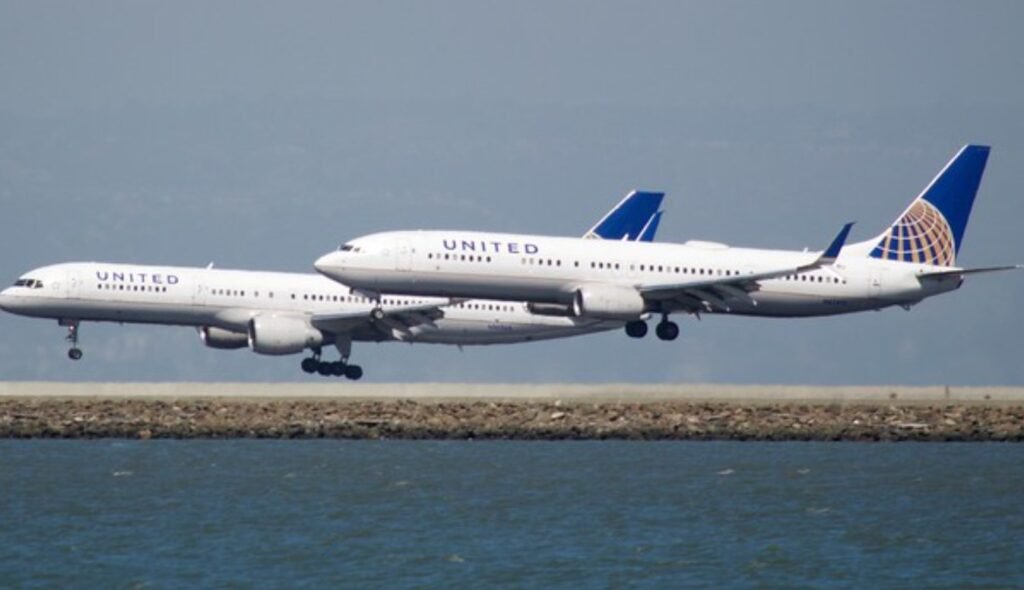United Airlines Holdings Inc. has decided to drop Boeing’s 737 Max 10 from its internal plans, citing the recent grounding of the Max 9 as the final straw that shattered its confidence in the aircraft maker’s ability to deliver planes on time.
United’s Chief Executive Officer Scott Kirby said on Tuesday that the airline was not canceling its order for the Max 10, the largest variant of the 737 Max family, but it was no longer counting on it as part of its expansion strategy. He said the airline would work with Boeing to figure out what that means for its future fleet.
“Boeing is not going to be able to meet their contractual deliveries on at least many of those airplanes,” Kirby said on a conference call with analysts to discuss quarterly results. “We’ll be working on what that means exactly with Boeing. But Boeing is not going to be able to meet their contractual deliveries on at least many of those airplanes.”
United originally ordered 277 Max 10 aircraft, with options to buy 200 more. The Max 10 is expected to enter service in 2024, after being delayed by the global grounding of the 737 Max in 2019 following two fatal crashes.

Max 9 Grounding Exposes Boeing’s Manufacturing Flaws
The decision to rethink the Max 10 order comes after the Federal Aviation Administration (FAA) grounded 171 Boeing 737 Max 9s for inspections earlier this month, following an incident where a panel tore off a Max 9 jet flown by Alaska Airlines. The FAA found that some of the jets had loose bolts on the mid-exit door plugs, which could pose a safety risk.
The grounding of the Max 9, which is one size smaller than the Max 10, has led to scores of flight cancellations for both United and Alaska Airlines. United said it expected to lose money in the first quarter, partly due to the impact of the Max 9 grounding.
The incident also raised questions about Boeing’s quality control and manufacturing processes, which have been under scrutiny since the 737 Max crisis. Kirby said he was “more than frustrated and disappointed” with Boeing’s performance and urged the company to improve its standards.
“They’re going through a rough patch right now, but I believe that Boeing across the board from top to bottom is committed to changing,” Kirby said. “I’m encouraging them to do it even faster.”
United Looks for Alternatives to Max 10
The Max 10 was supposed to be a key part of United’s growth plan, dubbed United Next, which aims to increase the airline’s capacity, efficiency, and customer experience. The Max 10 can seat up to 230 passengers and has a longer range than the Max 9.
However, with the uncertainty surrounding the Max 10’s delivery schedule and reliability, United is looking for other options to meet its needs. Kirby said the airline was considering the A350, a widebody aircraft made by Boeing’s rival Airbus, as a possible replacement for the Max 10. He said any potential deliveries of the A350 would start in the 2030s, as United has been shifting to larger planes across its fleet.
“We can’t count on [the Max 10],” Kirby said. “So we’re working on alternate plans.”
The Max 10 is not the only variant of the 737 Max that faces challenges. The Max 7, the smallest member of the family, is also yet to debut and could face delays in certification due to the heightened scrutiny from regulators. Boeing has said it expects to deliver the first Max 7 to Southwest Airlines in 2024.
Boeing has been struggling to recover from the 737 Max crisis, which has cost the company billions of dollars in losses, fines, compensation, and lost orders. The company has also faced setbacks with other products, such as the 787 Dreamliner, which has been plagued by production defects and delivery delays.
Boeing’s shares fell 1.2% on Tuesday, while United’s shares rose 6.4% on its full-year profit forecast.
